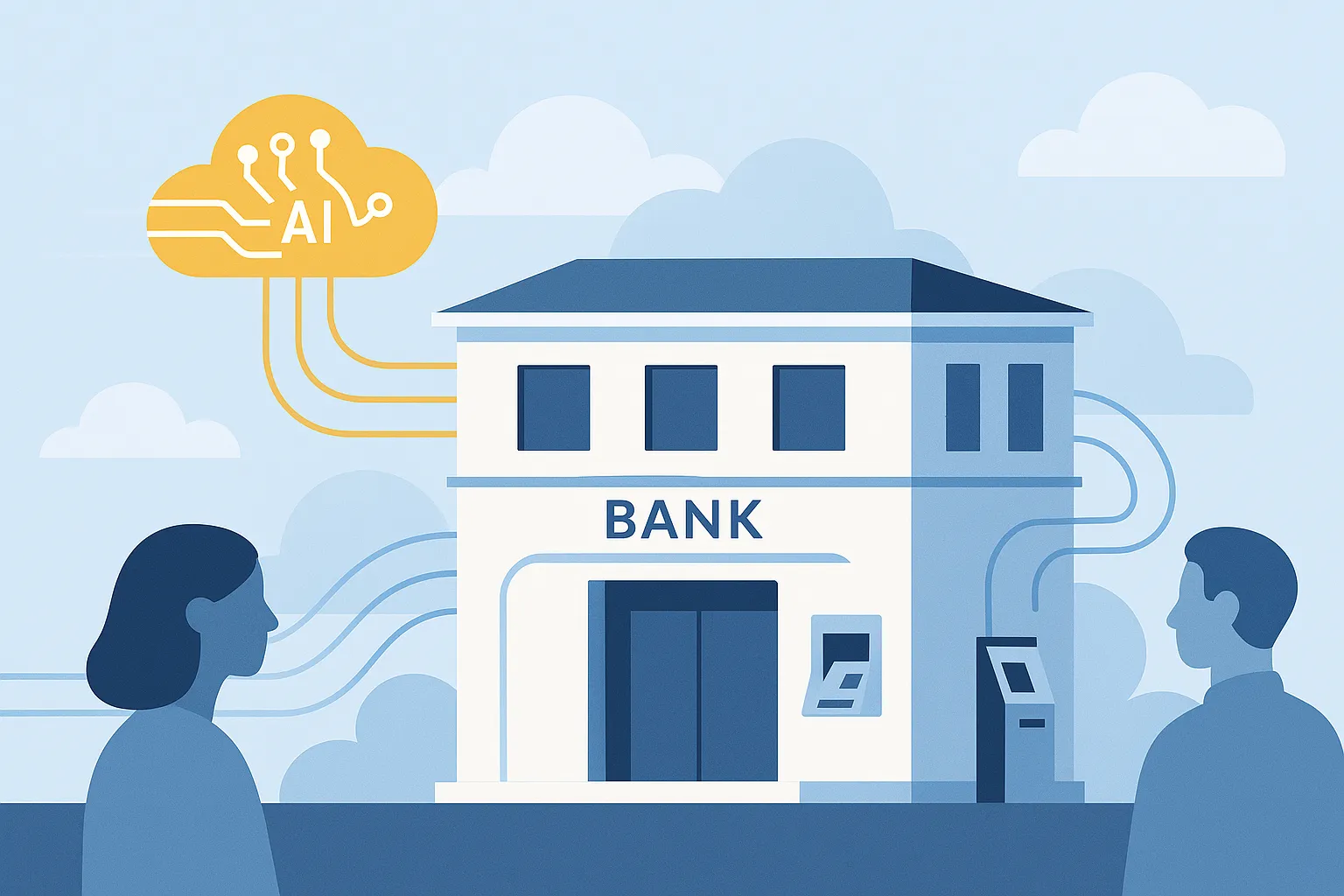
In an era where every customer interaction can happen in milliseconds, the role of data and intelligence has never been more critical. With more than 2,000 AI models and about 157 billion data points processed daily, :contentReference[oaicite:0]{index=0} (CBA) has re-imagined what customer-first banking looks like at scale — making around 55 million automated decisions each day that impact both customers and employees. [Source]
These decisions are far beyond chatbots and email triage. CBA’s infrastructure — migrating fully to :contentReference[oaicite:1]{index=1}, building tens of thousands of data pipelines, and integrating machine learning into core workflows — is designed to deliver trusted, personalized moments across banking operations rather than simply automate tasks.
From Data Streams to Customer Impact
CBA’s transition to cloud-native architecture included over 61,000 data pipelines and a comprehensive data platform. This framework supports the nonstop flow of information needed for real-time decisions, risk monitoring, and managing customer experiences. [Source]
Today, the bank leverages advanced analytics to surface insights and take action: from identifying spending patterns and detecting fraud to tailoring offers before a customer even asks. According to CBA’s Lead for Data Platforms, the infrastructure and AI model count place the bank among the most advanced users of AI in the country. [Source]
Personalization, Security & Automation in Concert
CBA’s AI ecosystem touches nearly every side of the banking relationship:
- Tailored offers: Leveraging behavioral data to suggest timely financial products and advice relevant to each individual customer.
- Fraud detection: Real-time anomaly detection across channels and interactions to protect customers before risk escalates.
- Service automation: AI-driven chat agents and self-service systems handle high-volume, low-complexity queries and free human advisors for more complex cases. [Source]
- Risk and credit modeling: Machine learning helps anticipate credit needs and manage risk more dynamically than traditional rules based systems.
Foundations of a Customer-First AI Infrastructure
To operate at this scale with confidence, CBA has built core capabilities across people, process and technology:
- Data governance: Ensuring accuracy, compliance, and privacy are embedded in every pipeline.
- Diverse model ecosystem: Hundreds of models tuned for specific tasks and continuously retrained as usage evolves. [Source]
- Elastic infrastructure: Full cloud migration to AWS, enabling rapid scale-up of compute, storage, and data services. [Source]
- Specialist talent: Engineers, data scientists and analysts working collaboratively across domains to operationalize AI. [Source]
AI in Action: Real-World Use Cases at CBA
Several implementations illustrate how CBA uses intelligence to drive tangible results:
- CommBiz GenAI Agent: A next-gen chat interface for business customers built as part of a five-year AWS partnership. [Source]
- Fraud and crime detection: AI-driven alert systems connect transaction data across channels, improving both speed and accuracy of investigations. [Source]
- Automated customer messaging: Handling tens of thousands of inquiries daily, AI supports faster, more consistent responses and frees human agents for higher-value interaction. [Source]
What’s Next: The Roadmap to Hyper-Personal Banking
As CBA advances, the next wave focuses on deeper personalization, proactive support and advanced security:
- Hyper-personalization: Delivering targeted advice, offers and alerts based on real-time insight rather than reactive triggers. [Source]
- Proactive intervention: AI systems identify signs of financial stress or customer hardship and prompt support before issues escalate.
- Advanced threat defence: AI-powered bots engage scammers and adapt to new fraud tactics in real-time. [Source]
Why This Matters for Banking
CBA sets a benchmark for how banks can deploy AI not simply for automation, but to enable meaningful, customer-first experiences at scale. Their investment in cloud infrastructure, model ecosystems and real-time data pipelines offers a blueprint for any financial institution aiming to shift from product silos to continuous-value platforms. [Source]
Conclusion
With more than 2,000 deployed AI models, hundreds of billions of daily data points and 55 million automated decisions shaping customer and employee experience each day, CBA shows how scale and intelligence combine to define the future of banking. The automation era is no longer about replacing touch — it’s about amplifying insight, building trust, and delivering service that feels personal even when it’s intelligent.
FAQs
How many AI models does CBA run?
Over 2,000 according to their public disclosures.
What is the scale of their data operations?
Approximately 157 billion data points processed each day for decision-making.
What kind of decisions are automated?
From fraud detection and risk modelling to personalized offers and customer messaging.
Why was full cloud migration necessary?
To support elastic compute, rapid model iteration and real-time data streams that on-premises systems struggled to handle.
How can other banks follow this model?
By adopting cloud-native infrastructure, creating data-driven cultures, and focusing AI efforts on customer experience rather than cost alone.



